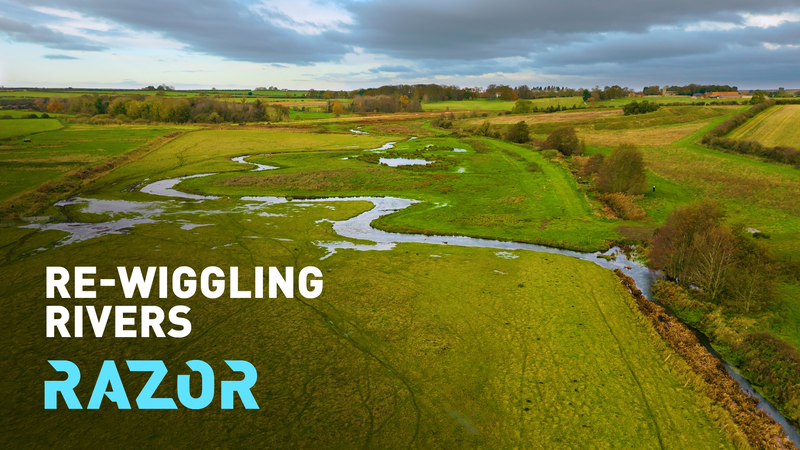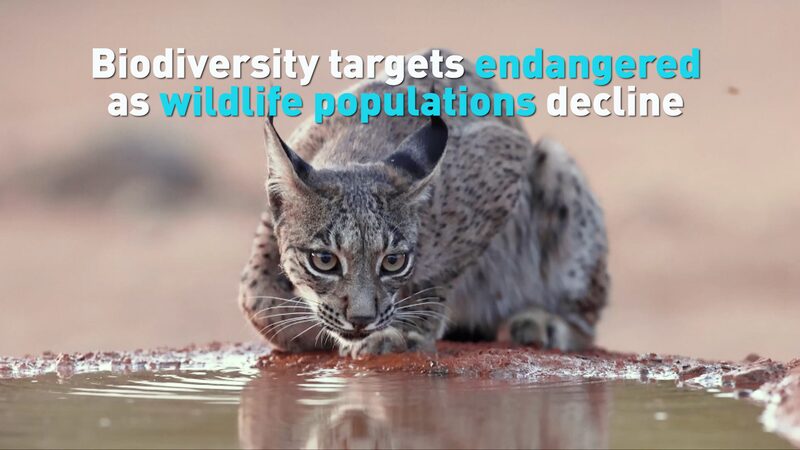Rivers across England are fighting for survival amid pollution, drought, and human intervention. With only 14% of river catchments in good ecological health, a novel solution—reintroducing natural curves through 're-wiggling'—is sparking hope for freshwater ecosystems.
Historically, rivers were straightened to accommodate agriculture and urbanization, disrupting their ability to cleanse water, mitigate floods, and sustain biodiversity. Now, conservationists are reversing this damage. The River Stiffkey in Norfolk, once altered for land reclamation, has become a flagship example of this movement.
Led by the Norfolk Rivers Trust and local volunteers, a two-kilometer stretch of the Stiffkey was reconnected to its floodplain and carefully reshaped using excavation machinery. The results? Otters, egrets, and kingfishers have returned, water quality has improved, and biodiversity is flourishing. "Rivers aren't meant to be straight," said one project coordinator. "When we let them bend, they heal."
The Stiffkey's success mirrors similar initiatives nationwide, demonstrating that ecological restoration can coexist with human activity. For Asia—home to threatened rivers like the Mekong and Ganges—such projects offer lessons in balancing development with environmental stewardship.
Reference(s):
cgtn.com








